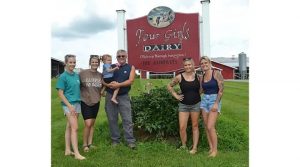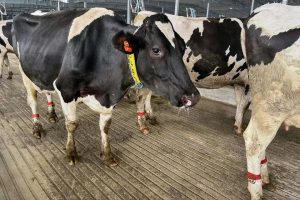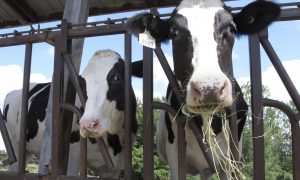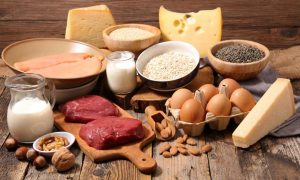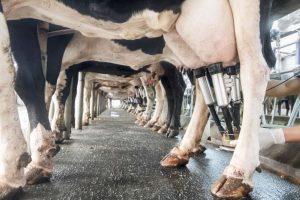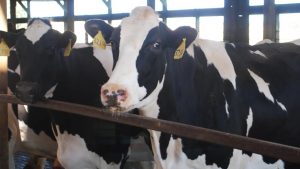
Today, nearly eighty percent of the United States experiences drought and dry conditions. Farmers in the western United States have faced years of drought, but despite the restrictions, the U.S. is experiencing growth in milk production this year.
Dairy herd
“We think the dairy herd will stabilize in 2023”
Roland Fumasi, President of RaboResearch Food & Agribusiness for North America, says: “We see the number of dairy cows increasing to about 40,000 in 2022. But because of the low number of dairy cows this year, we don’t think there will be any significant growth in dairy cows. However, we expect US milk production to increase by about 1.4 percent in 2023. According to a recent report, in the 24 largest states The number of dairy cows on farms is 8.93 million. ‘Milk Production Report’ From the USDA. This is 42,000 more than in October 2021 and a thousand more than in September 2022.
Research
The idea of moving dairy cows to the middle of the United States was also conceived a few years ago, Fumasi says. Most dairy production takes place in the central United States. Because of this, moving the dairy herd seems like a logical step. Nevertheless, the main reason for moving the dairy herd is the drought faced by farmers in the western United States.
Fumasi says he has yet to see a mass relocation of dairy farmers from California to Central America. He thinks dairy farmers in California will continue to band together to survive this way. Smaller dairies are especially hard hit.
to unite
Not everyone thought California would lose a significant number of dairy cows. Mike North Van Ever AG, a company that provides critical software and services to agriculture and food supply chains, says dairy farmers in water-scarce areas may be forced to relocate, but California will always have dairy cows. However, when it comes to unionization of dairy farmers, it is something that happens regularly in the state, mostly due to drought, he says. “Dairy farmers who are threatened by water may want to reduce their dairy herds, but dairy farmers who are not threatened by water are buying their cattle. So you’re not going to see a drastic decline in the number of dairy cows in California,” says North.
numbers
The latest USDA (US Department of Agriculture) data reflects that prediction. According to it ‘November Milk Production Report’ From the USDA, California had 1.723 million dairy cows, up from 1,719 reported a year ago. However, total milk production has decreased. Milk production in California is projected to drop to 1.555 billion kilograms in 2022, down from 1.563 billion kilograms produced in the state a year ago.
A November USDA report confirms that California maintains the top spot in dairy cow numbers and milk production despite production declines. North thinks California will continue to be the center of dairy production, even if it moves slightly east. “California has the second largest population in the country,” says North. “You have to have milk near the population, and because the infrastructure is already there, there will always be milk in California.”
Beef crowd
The beef herd has also shrunk significantly due to the drought. Fumasi says he expects this to continue for the next two or three years. The demand for more beef cattle can be met through dairy farms.
“We’ve seen a big reduction in the beef herd, and as that continues for the next two or three years, the beef supply chain will start looking for cattle,” Fumasi says. So these hybrid schemes which have become very popular in the dairy industry will be very important and will definitely be a bright spot for the dairy industry. Livestock prices are high, the meat industry will look for cattle, and the dairy industry can help them.




